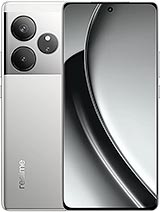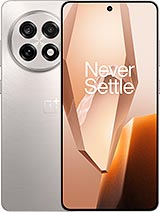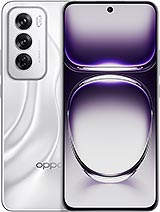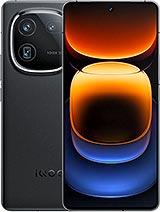Honor 200 alternatives
Tap above to see alternatives.
iQOO 13 alternatives
Tap above to see alternatives.
1x2.63 GHz Cortex-A715
4x2.4 GHz Cortex-A715
3x1.8 GHz Cortex-A510
2x4.32 GHz Oryon V2 Phoenix L
6x3.53 GHz Oryon V2 Phoenix M
12GB 512GB (UFS 3.1)
16GB 512GB (UFS 4.0)
f/2.0, (wide), 1/1.56", 1.0µm, PDAF, OIS
50 MP
f/2.4, (telephoto), PDAF, OIS, 2.5x optical zoom
12 MP
f/2.2, 112˚ (ultrawide), AF
f/1.9, 23mm (wide), 1/1.56", 1.0µm, PDAF, OIS
50 MP
f/1.9, 50mm (telephoto), 1/2.93", 0.6µm, PDAF, OIS, 2x optical zoom
50 MP
f/2.0, 15mm (ultrawide), 1/2.76", 0.64µm, AF
1080p@30/60fps
4K@24/30/60fps
1080p@30/60/120/240fps
f/2.1, (wide)
f/2.5, 28mm (wide), 1/3.15", 0.7µm
1080p@30fps
1080p@30/60fps
SIM1: Nano, SIM2: Nano
SIM1: Nano, SIM2: Nano
FDD: N3
TDD: N40
FDD: N1, N3, N5, N7, N8, N20, N28
TDD: N38, N40, N41, N77, N78
FDD: N3
TDD: N40
FDD: N1, N3, N5, N7, N8, N20, N28
TDD: N38, N40, N41, N77, N78
In this performance comparison, the iQOO 13 with its Qualcomm Snapdragon 8 Elite (3nm) performs better than the Honor 200 with the Qualcomm Snapdragon 7 Gen 3 (4nm), thanks to superior chipset efficiency.
iQOO 13 offers 4 years of OS updates, whereas Honor 200 provides 2 years. For security updates, iQOO 13 offers 5 years of support compared to Honor 200's 3 years.
Both Honor 200 and iQOO 13 feature AMOLED displays, offering vibrant colors and deeper blacks. In terms of smoothness, iQOO 13 offers a higher 144 Hz refresh rate, ensuring fluid scrolling and animations. iQOO 13 also boasts a brighter screen with 4500 nits of peak brightness, enhancing outdoor visibility. Notably, iQOO 13 offers a higher screen resolution, resulting in sharper visuals and more detailed content.
iQOO 13 features a larger 6000 mAh battery, potentially delivering better battery life. iQOO 13 also supports faster wired charging at 120W, compared to 100W on Honor 200.
iQOO 13 includes an IP68 rating, while Honor 200 lacks an official IP rating.
- Honor 200 – Check price here
- iQOO 13 – Check price here
¹ Scores can vary even with the same chipset due to RAM, thermals, and software optimization.












